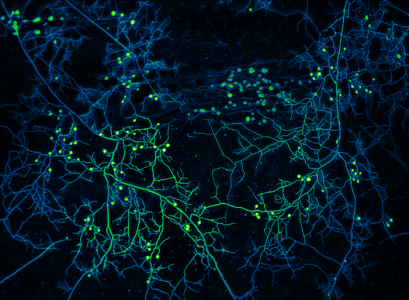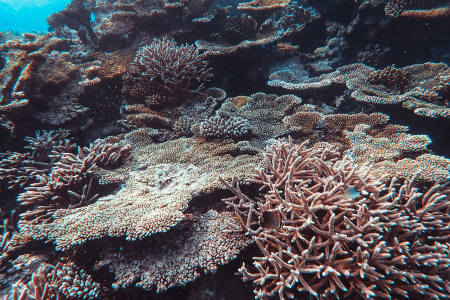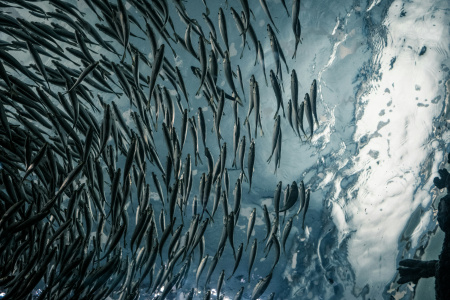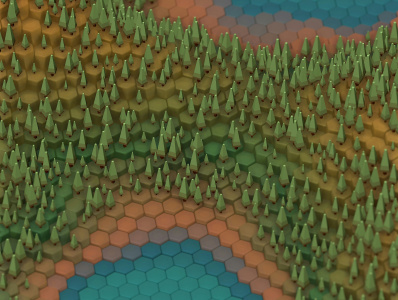ESIIL’s key science themes include: extreme disturbances and climate, biodiversity and community dynamics, ecosystem stability and resilience, food webs and nutrient flows, and evolutionary patterns. We also study how to best teach and learn Environmental Data Science and what makes collaborative, productive teams. These themes reflect both the diversity of scientific inquiry and the shared vision across the network.
What sets ESIIL’s science apart is not just its breadth, but how the work is done. The ESIIL network capitalizes on the unprecedented availability of social-environmental data, employing cutting-edge techniques for integration and synthesis, such as harmonizing disparate datasets across spatial, temporal, and disciplinary boundaries. This work is underpinned by a robust and growing cyberinfrastructure, enabling scalable, cloud-based analytics and providing the broader research community with essential training and tools for working with big data. And finally, ESIIL science incorporates different ways of knowing including art-science collaborations and bringing together traditional ecological knowledge with western science. Together, by capitalizing on the wealth of data, AI techniques, and large team collaboration, the ESIIL network and approach has led to new insights and discoveries to address environmental challenges.




